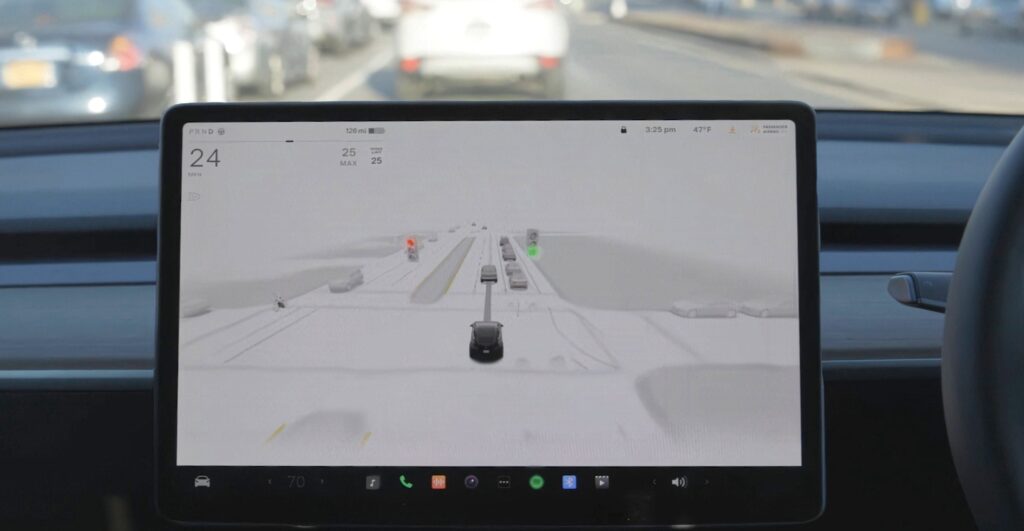
The National Transport Commission (NTC) has announced a significant development in the journey towards integrating autonomous vehicles (AVs) into Australia’s transport system. In a newly released video, the NTC outlines the imminent arrival of AVs, marking the first major update since May 2024. This announcement comes as automakers, particularly Tesla, intensify pressure on regulators to accelerate legislative changes that will allow these vehicles to hit the roads.
For years, the NTC has been working alongside regulators across Australia to establish a national approach to AV laws. The new video serves as a comprehensive explainer on the legislative adjustments required to accommodate AVs, which are already a reality in other parts of the world. The NTC’s efforts aim to create a consistent framework that will enable AVs to operate legally and safely across all Australian states and territories.
Regulatory Challenges and Industry Pressure
The push for AV integration is driven by the rapid advancements in technology and the success of autonomous solutions in international markets. Companies like Tesla have already deployed robotaxi services in the United States, demonstrating the feasibility and safety of AVs. However, Australia has been slow to adapt, with regulatory frameworks lagging behind technological advancements.
In September 2024, the NTC acknowledged the ongoing review of submissions from the Automated Vehicle Safety Law (AVSL) Consultation, highlighting the protracted nature of the legislative process. The new video, however, signals a shift towards more proactive communication with the public about the necessary changes and the potential benefits of AVs.
Key Areas for Legislative Reform
The NTC’s video identifies several critical areas where existing laws and regulations require updates to accommodate AVs:
- Driving Laws: Current road rules are based on the assumption of a human driver. New laws must define the legal responsibilities of automated driving systems.
- Insurance Schemes: Existing Compulsory Third Party (CTP) insurance models focus on driver fault. A new framework is needed to address incidents involving software-controlled vehicles.
- Vehicle Roadworthiness: Standards ensuring vehicle safety and roadworthiness must evolve to include the complex software and hardware integral to AV systems.
While the video outlines a logical path forward, it stops short of providing a revised timeline for implementation, leaving some stakeholders concerned about the pace of progress.
Implications for the Future of Transport
The introduction of AVs in Australia promises to revolutionize the transport sector, offering potential improvements in safety, efficiency, and accessibility. However, delays in regulatory approval could hinder these advancements and, as some argue, may even cost lives by postponing the deployment of technology that is demonstrably safer than human drivers.
Experts emphasize the importance of balancing diligence with urgency. As AV technology continues to mature, regulators are urged to expedite the approval process, especially when companies present extensive data supporting the safety and efficacy of their systems.
“I’m looking forward to my first trip to the shops in an automated shuttle bus. They’re already on roads around the world. With our new laws, they’ll be here soon.” — NTC Spokesperson
The NTC’s initiative represents a crucial step towards a future where automated transport becomes a norm in Australia. As the country works towards a unified legal framework, stakeholders remain hopeful that the integration of AVs will not only enhance road safety but also redefine the way Australians think about transport.
For further details on the NTC’s plans and updates on AV legislation, visit www.ntc.gov.au.






